Urology
Urology is the field of medicine that deals with diseases of the urinary tract (kidneys, ureters, urinary bladder and urethra) and with the male reproductive organs (penis, testes, scrotum, prostate, etc).
Prostate Cancer
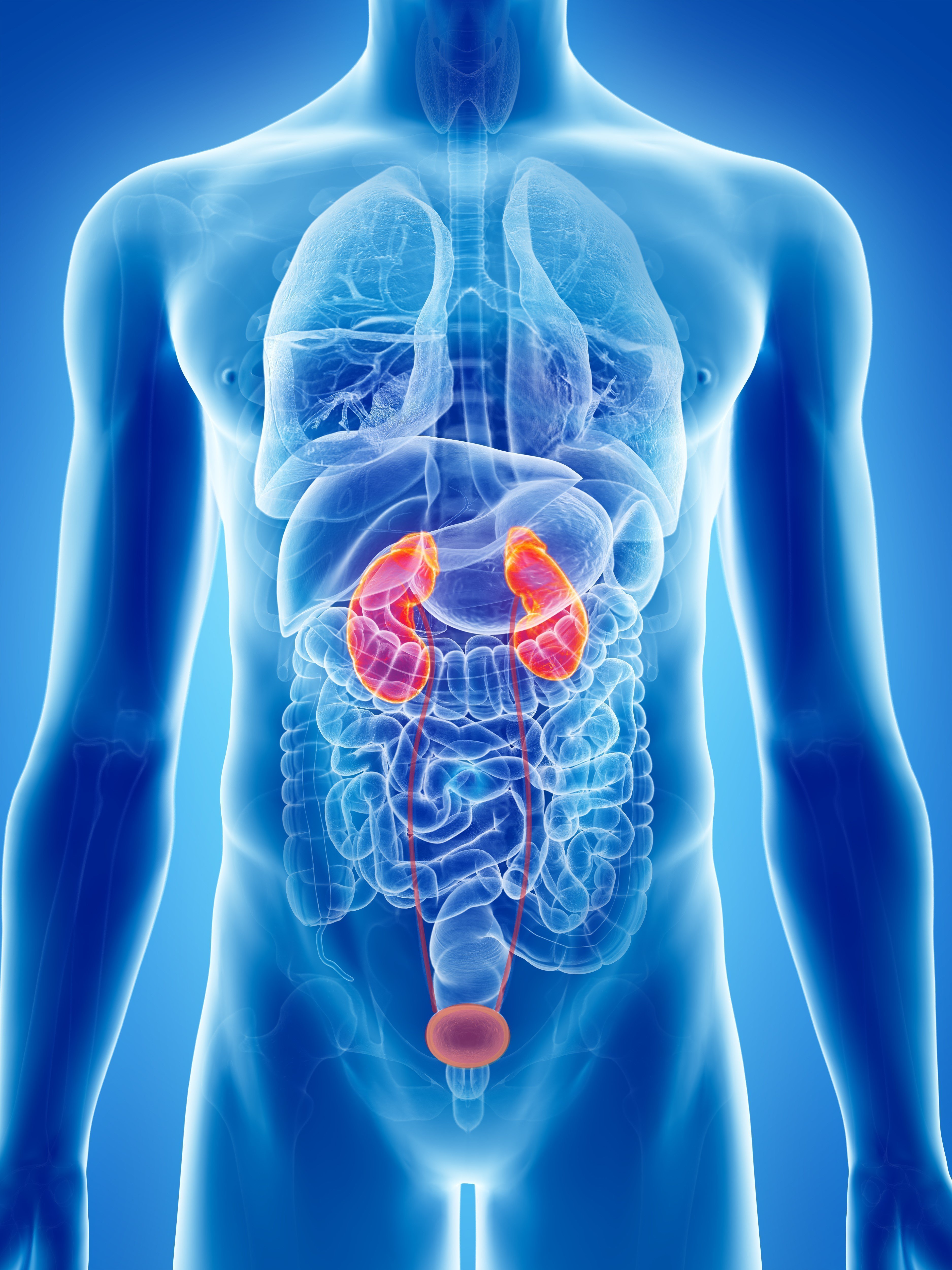

Understanding the Problem
The prostate is a gland in the male reproductive system located just below the bladder and in front of the rectum. Here, malignant (cancer) cells tend to form in the tissues of the prostate, most commonly in men over 50. Factors that may increase the risk for prostate cancer include increasing age, African American ancestry, a family history of prostate cancer (father, brother) and potentially diet.
Signs & Symptoms
In the early stages, there may be no visible symptoms. In the later stages however, symptoms may include:
- Weak or interrupted ("stop-and-go") flow of urine
- Sudden urge to urinate
- Frequent urination
- Trouble starting the flow of urine
- Trouble emptying the bladder completely
- Pain or burning while urinating
- Blood in the urine or semen
- A pain in the back, hips, or pelvis that doesn't go away
- Shortness of breath, feeling very tired, fast heartbeat, dizziness, or pale skin caused by anemia
Examinations Required:
- Digital rectal exam (DRE): The doctor inserts a lubricated, gloved finger into the rectum and feels the prostate through the rectal wall for lumps or abnormal areas.
- Prostate-specific antigen (PSA) test: A blood test that measures the level of PSA in the blood.
It is recommended that the PSA test and DRE are undertaken together to increase the accuracy of prostate cancer diagnosis and allow for early treatment. If these tests suggest prostate cancer however, surgery may be advised.
Bladder Cancer
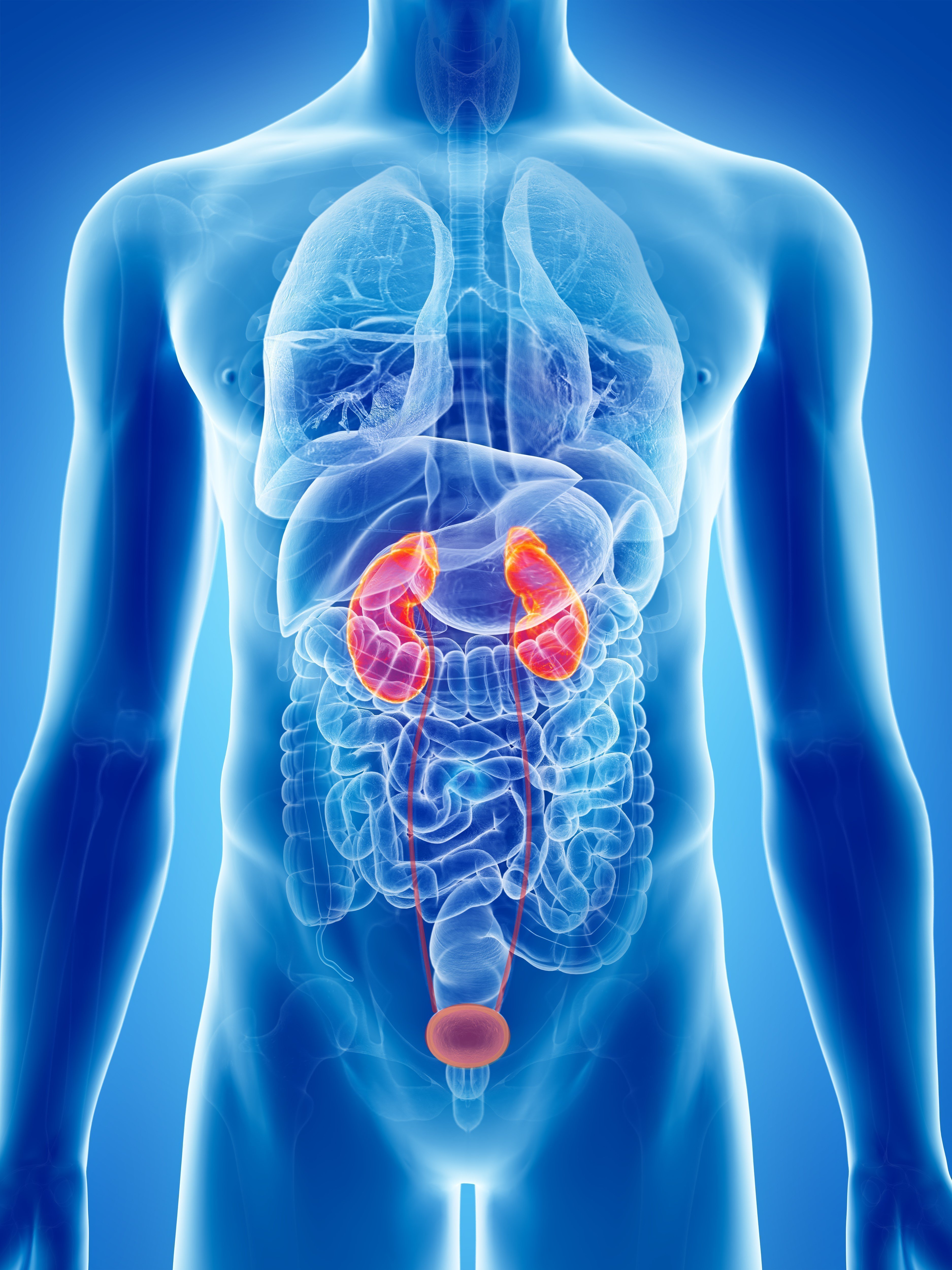

Understanding the problem:
The bladder is an organ in the lower part of the abdomen that stores urine until it is passed out of the body. Bladder cancer begins when cells in the urinary bladder start to grow uncontrollably, spreading through the lining of the bladder walls and invading nearby organs and lymph nodes. This type of cancer is fairly common, with almost 80% of cases being treatable.
Signs & Symptoms:
- Blood or blood clots in the urine or semen
- Dysuria - pain during urination
- Frequent urination
- Frequent urinary tract infections (UTIs)
- Pain in the lower back around the kidneys
- Swelling in the lower legs
- A growth in the pelvis near the bladder
- Weight loss
- Bone pain or pain in the rectal, anal, or pelvic area
- Anemia
Examinations Required:
- Urinalysis
- Urine cytology
- Urine tumor marker tests
- Ultrasound
- Fluorescence cystoscopy or blue light cystoscopy
- Biopsy
- CT Scan
- Urine culture
If any of these tests suggest bladder cancer, treatment such as Radiation, Chemotherapy, Biologic Therapy and Cystectomy Surgery (removal of the cancerous part of the bladder) may be advised.
Kidney Cancer
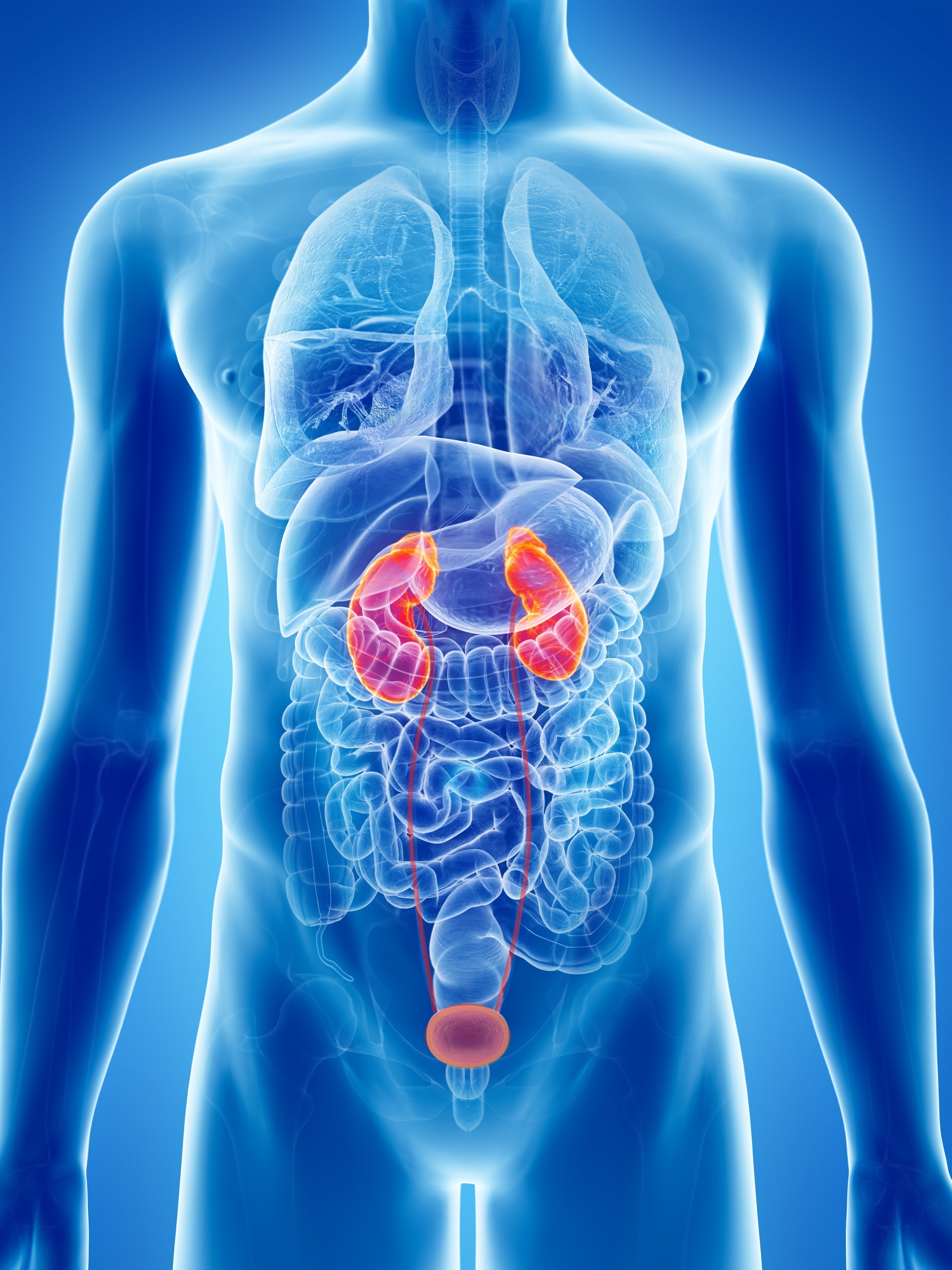

Understanding the problem:
The kidneys are two organs which lie in the lower abdomen on each side of the spine. Their main job is to clean the blood, remove waste and make urine. Kidney cancer is a disease in which kidney cells become malignant (cancerous) and grows out of control, forming a tumor.
the tumor may grow through the wall of the kidney and invade nearby tissues and organs, such as the muscles around the spine, the liver, the nearby large blood vessels, etc.
Signs & Symptoms:
Kidney cancer rarely shows any symptoms in the early stages. In the later stages however, symptoms may include:
- Blood in the urine (hematuria)
- Pain or discomfort in the side or back of the abdomen (loin pain)
- A swelling in the area over a kidney
- Anemia
- Weight loss
- Intermittent fever
- Increased thirst
- Feeling sick
- Tiredness
- Constipation
- Too many red blood cells being produced (polycythemia)
- High blood pressure (hypertension)
Examinations Required:
- CT scan
- MRI
- Ultrasound
- Intravenous pyelogram (IVP)
- Urine tests to check for blood in the urine or other signs of problems
- Blood tests to show how well the kidneys are working
- Renal arteriogram
- Biopsy (if diagnostic tests suggest the kidney mass is cancerous (malignant)).
If any of these tests suggest kidney cancer, treatment such as Radiation, Chemotherapy, Biologic or Targeted Therapy and Nephrectomy Surgery (surgical removal of the kidney) may be advised.
Disorders of the Kidney and Ureters
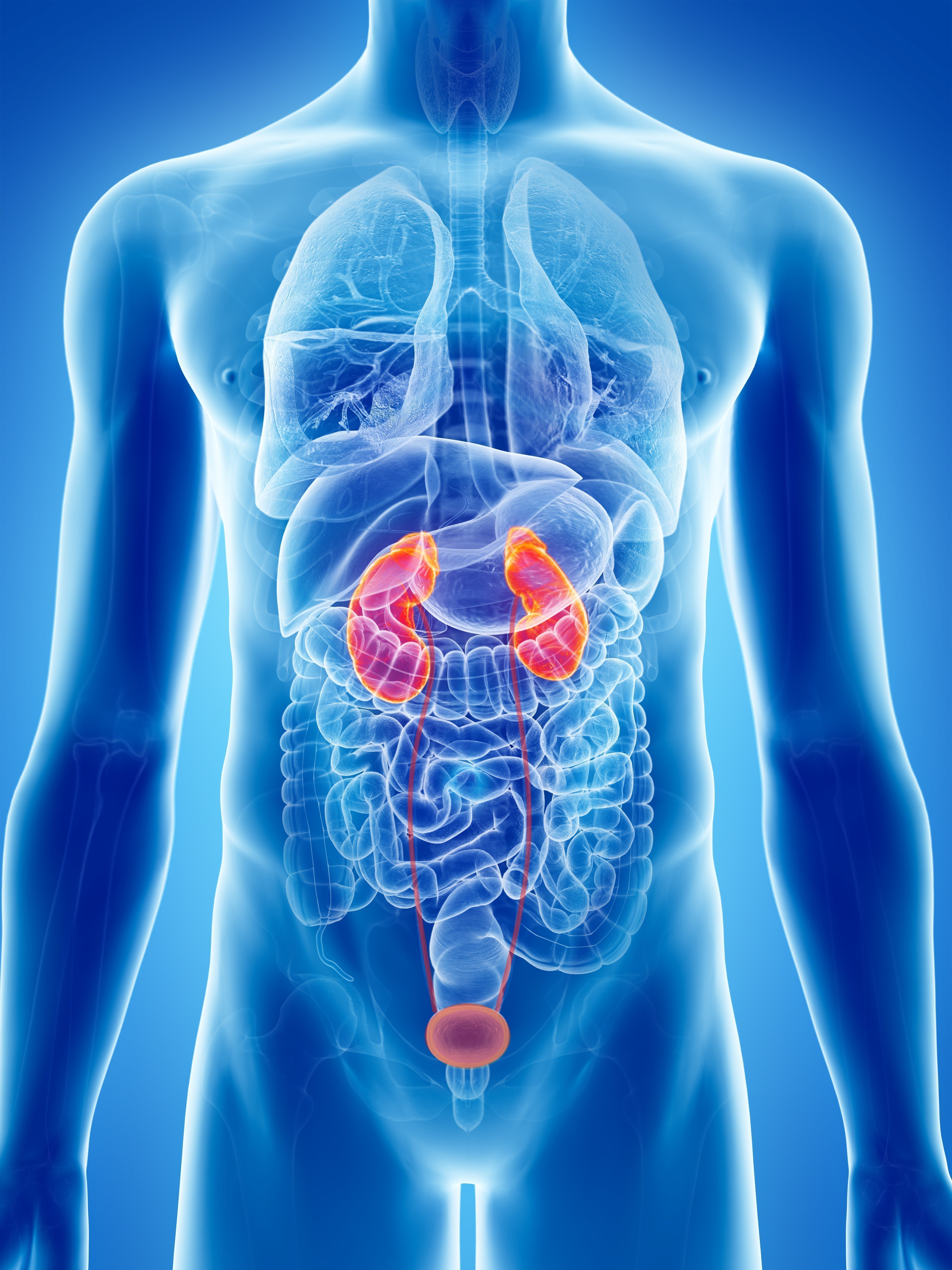

Understanding the Problem:
The kidneys are small organs located behind the abdomen on each side of the spine. By producing urine, kidneys remove toxic by-products and excess fluids from the body to help maintain a critical balance of salt, potassium and acid. The kidneys filter the blood to produce urine. The ureters are two thin tubes that carry urine from the kidney to the bladder. Most often ureter disorders result from obstruction injury.
The most common urologic disorders include Congenital stenosis / Ureteral Junction Stenosis - Pyelo-Ureteral Junction Stenosis (PUJS), forms of Kidney Blockage/Obstruction, Pyelonephritis (Kidney Bacterial Infection), Kidney Cysts and more. These could be very dangerous due to nephron damage that can result in permanent renal dysfunction.
Signs & Symptoms:
- Urinary Tract Infection (UTI) and/or pyelonephritis
- Hematuria
- Abdominal mass growth
- Flank pain (pain in the upper abdomen or back, mostly with fluid intake)
- Kidney stones
- Vomiting
- Fever (usually present) or chills
- Cloudy or foul-smelling urine
- Pain when urinating
- Increased frequency or urgency of urination
Examinations Required:
- Intravenous pyelogram (IVP)
- Nuclear renal scan
- MRI and/or CT Scans
- Urinalysis
- Urine culture
- Kidney ultrasound
- Angiography of the kidney artery or vein
- Blood electrolytes
- Renal scan
If any of these tests suggest kidney or ureter disorders, treatment such as Robotic Assisted partial or radical Nephrectomy Surgery may be advised.
Bladder Disorders
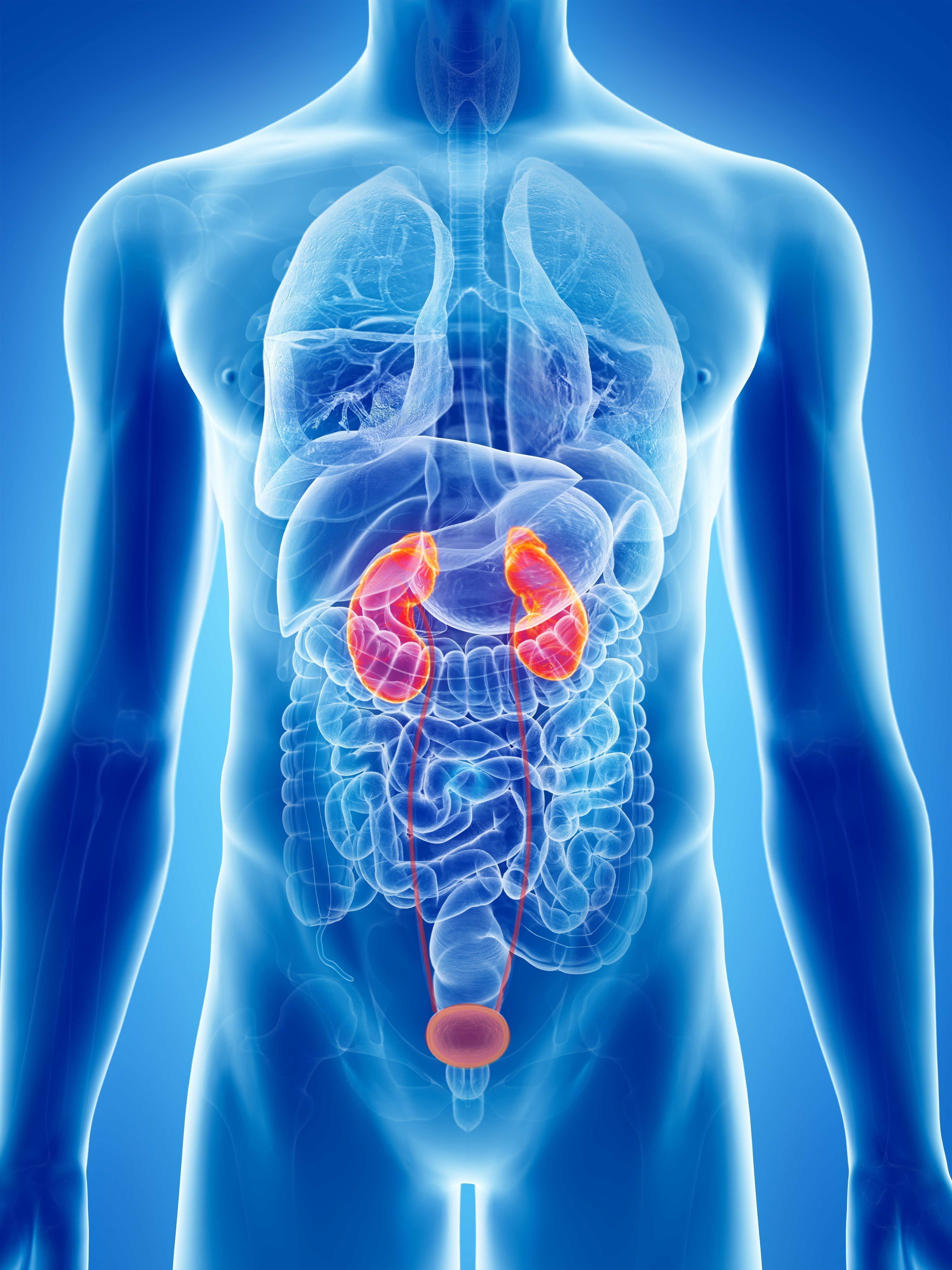

Understanding the problem:
The bladder is a muscular sac in the pelvis, that stores urine, allowing urination to be infrequent and voluntary. The bladder is lined by layers of muscle tissue that stretch to accommodate urine. Bladder disorders may be caused due to a variety of reasons, including immobility, insufficient fluid intake, urinary obstruction or retention, pregnancy and diabetes. All these can cause disorders such as cystitis, urinary stones, bladder cancer, hematuria, dysuria, vesicoureteral reflux and more.
Signs & Symptoms:
- Blood in the urine
- Pain during urination
- Abdominal pain
- Feeling of a full bladder continuously
- Difficulty urinating
- Frequent urination
- Urinary tract infection
- Urine stream starts and stops
- Accidental release of small amounts of urine
- Weak urine stream
- Straining while urinating
- The need to urinate frequently at night
- Loss of urine while asleep
- Urine that leaks when coughing, laughing, lifting heavy objects, straining and changing posture position
Examinations required:
- Urine analysis and urine culture
- Postvoid residual
- Urodynamics
- Uroflowmetry tests
- Cystometry
- Intravenous pyelogram
- Cystoscopy
- Cystography
- Ultrasound and MRI scans
Treatment for a bladder disorder will depend on the cause and severity of the condition. In many cases, surgery may be advised, where you may be a candidate for a Minimally Invasive approach with the surgical robot, the daVinci Xi
AIMIS Robotics and the daVinci Xi
AIMIS Robotics and the daVinci Xi
At the American Institute of Minimally Invasive Robotic Surgery - AIMIS Robotics, you can expect the golden standard for Urology Procedures such as:
- Prostatectomy
- Cystectomy
- Nephrectomy
- Pyeloplasty
- Ureteral Reimplantation
- Upper Urinary Tract
- and many more…
Our Surgical Robot the “daVinci Xi” provides state-of-the-art robotic technology, allowing the surgeon’s hand movements to be scaled, filtered and translated into precise movements for the overall benefit of the patient. The daVinci Xi System also provides superior 3D imaging, for improved surgical visual definition and clarity.

Our surgeons at AIMIS Robotics are amongst the leading International experts in the field of Urology, offering innovative, multifaceted urological interventions. Their extensive knowledge in Minimally Invasive Surgery guarantees excellence in their surgical outcomes, whilst minimizing postoperative complications associated with traditional “open” surgeries.

At AIMIS Robotics, our goal is to provide an individualized and compassionate medical experience in a comfortable environment via our extensive surgical expertise, cutting edge surgical technologies, highly trained staff and luxurious facilities. You will be appointed a member of the AIMIS Robotics team to be your personal “guardian angel”, to guide you throughout the process. Flights, accommodation, transportation, hospital procedures, paperwork, headaches, headaches, headaches… We are here to take care of it all for you, so you can focus on your health and recovery.
daVinci Xi Benefits – Urology Procedures:
daVinci Xi Benefits – Urology Procedures:
- Shorter operation
- Less blood loss
- Less pain
- Minimal scarring
- Lower risk of post-op complications
- Shorter hospital stay
- Faster return of erectile (sexual) function
- Faster return of urinary continence
- Fewer days with catheter
- Faster recovery and return to normal activities
- Faster return of Bowel function and a normal diet

Get a Second Opinion!
No commitment! No cost! Just upload your MRI/CT Scan and let our world class surgeons give you a second opinion.
The American Institute of Minimally Invasive Robotics Surgery
The American Institute of Minimally Invasive
Robotics Surgery
Get In Touch With Us
Certifications – Accreditations:
Certifications – Accreditations

Quality
Management
Information
Security
Health
& Safety








